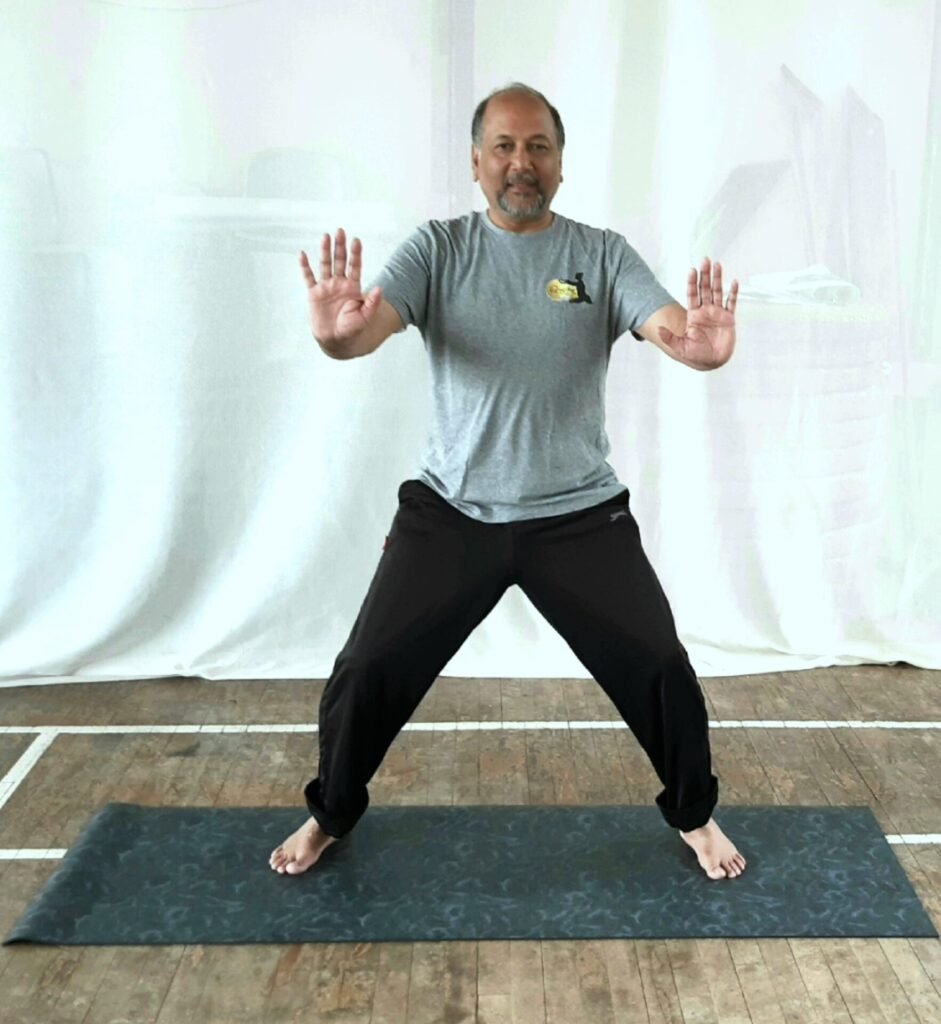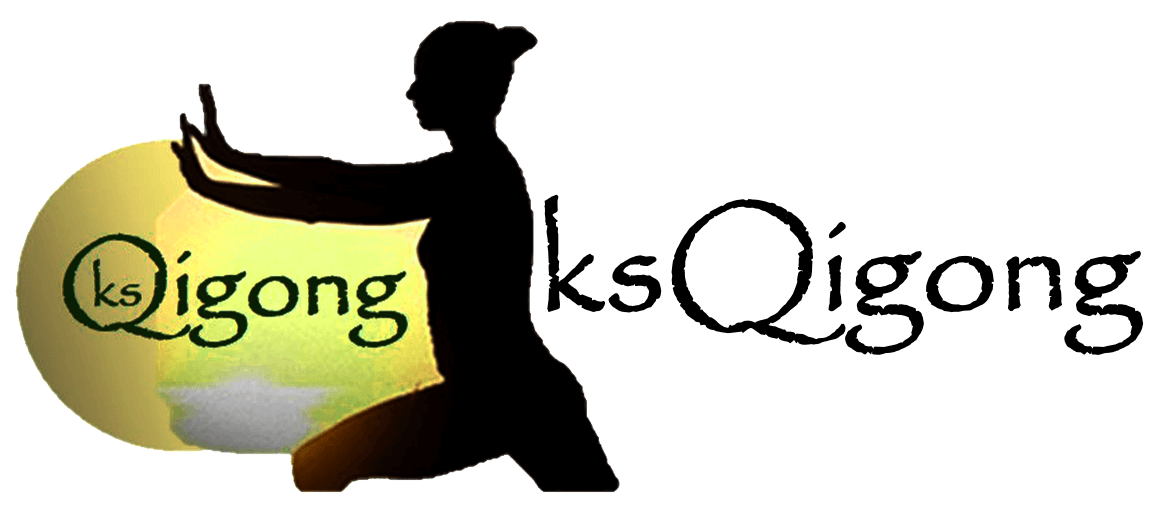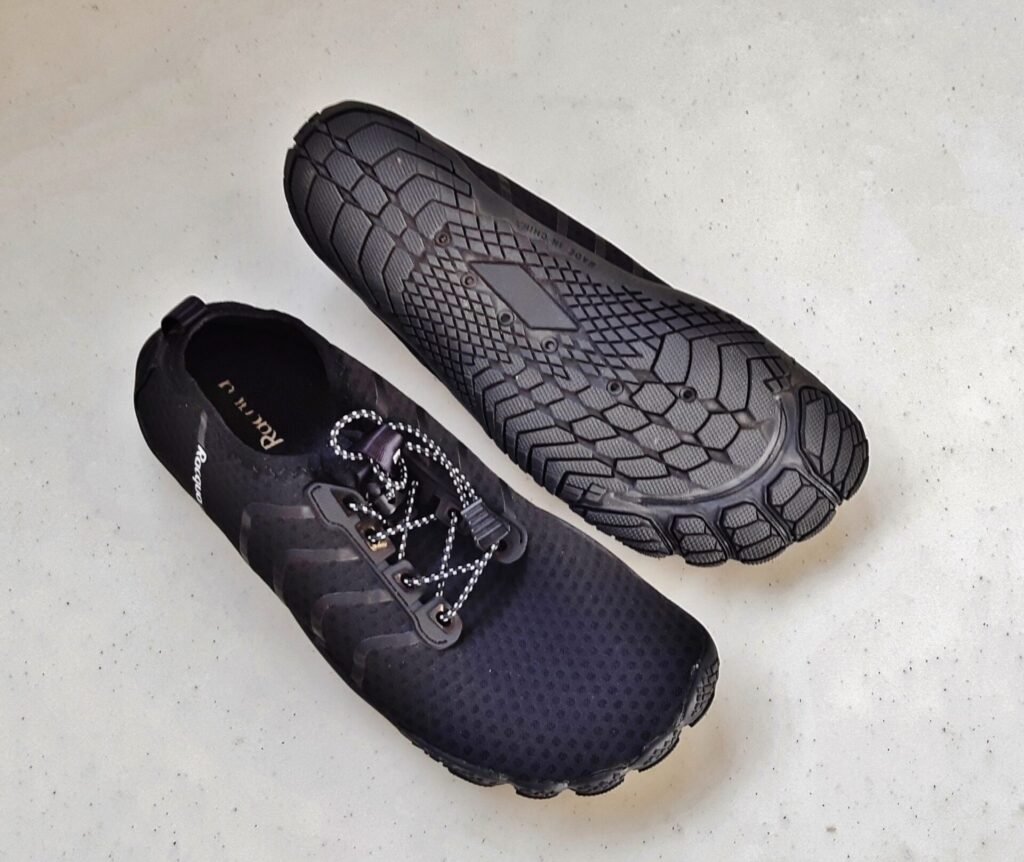How each session is run ..
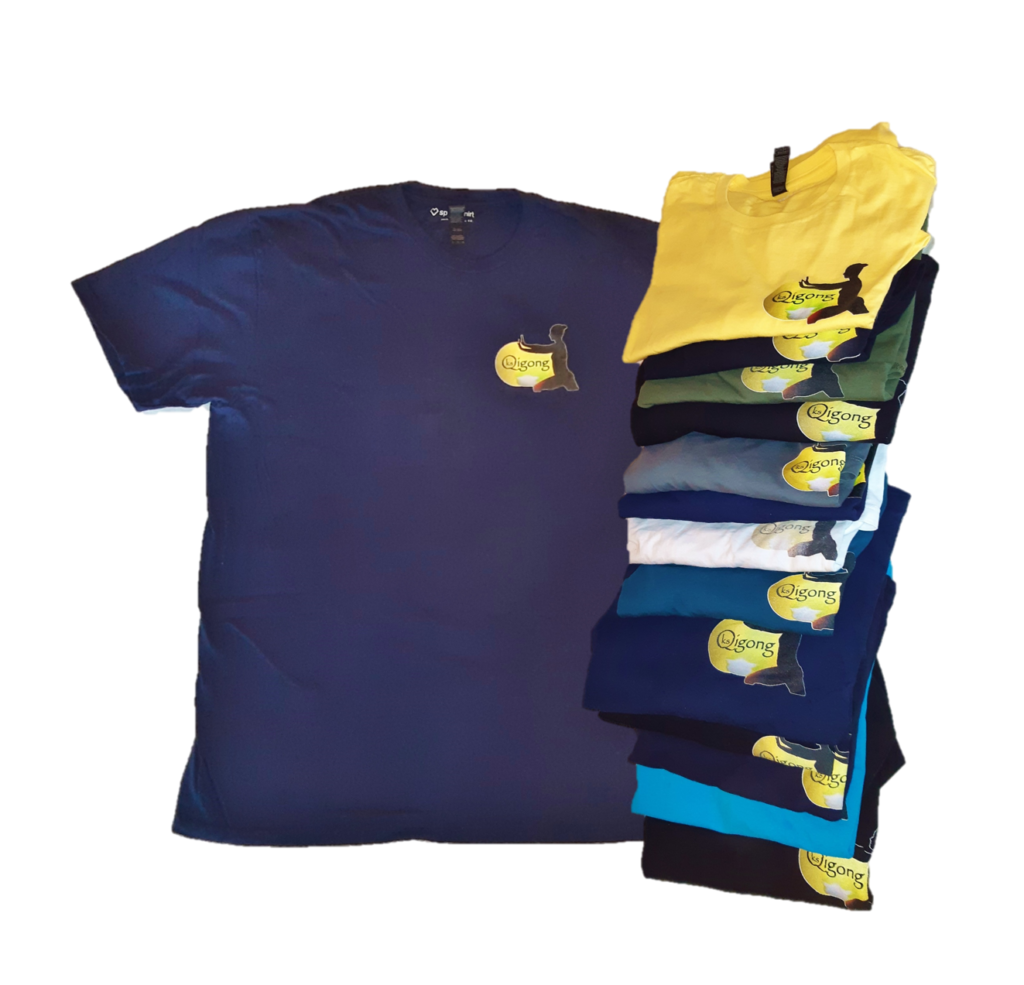

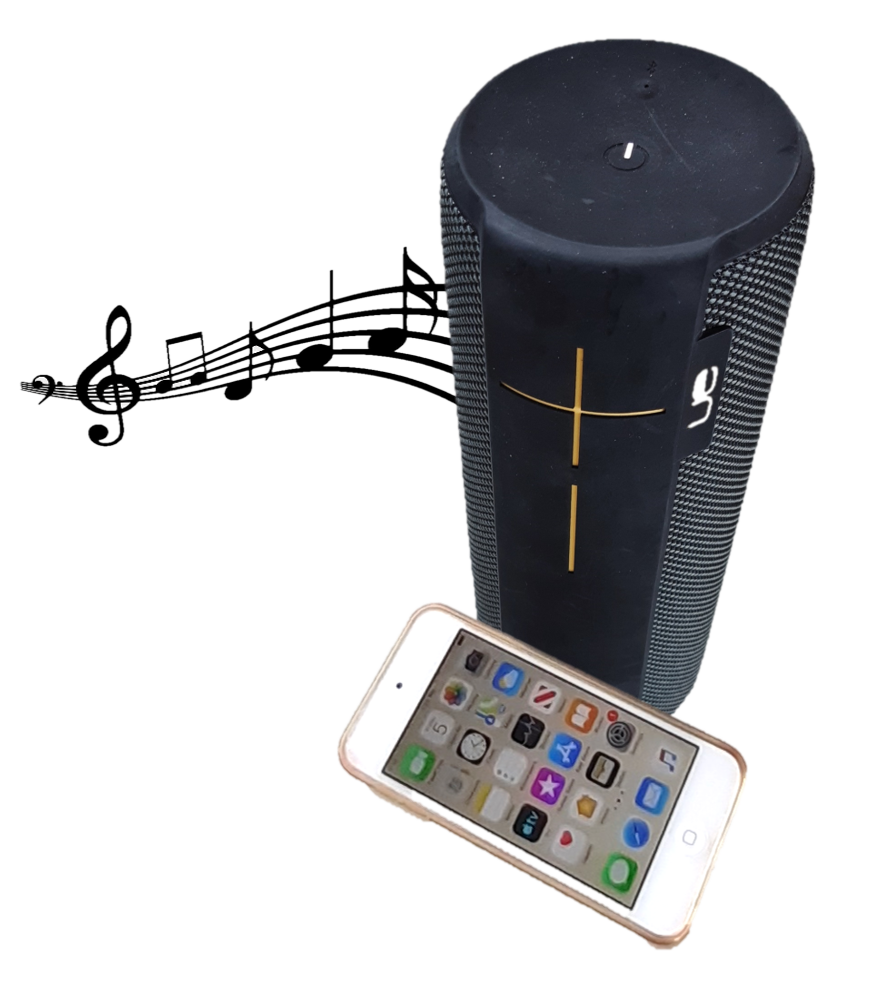
A Typical Session of Qigong and Guided Visualisation
Kindly arrive 5 – 10 mins early to prepare, acclimatise to the environment, and begin gentle, deep breathing.
The session starts with 10 mins of warm-up exercise, including balance.
Practice a Qigong technique set for 30 mins.
5 min comfort break to prepare for the Guided Visualisation (lying on a mat or in a chair).
Guided Visualisation for 30 mins.
Reorientation for final 5 mins.
Total = 80 mins, approx.
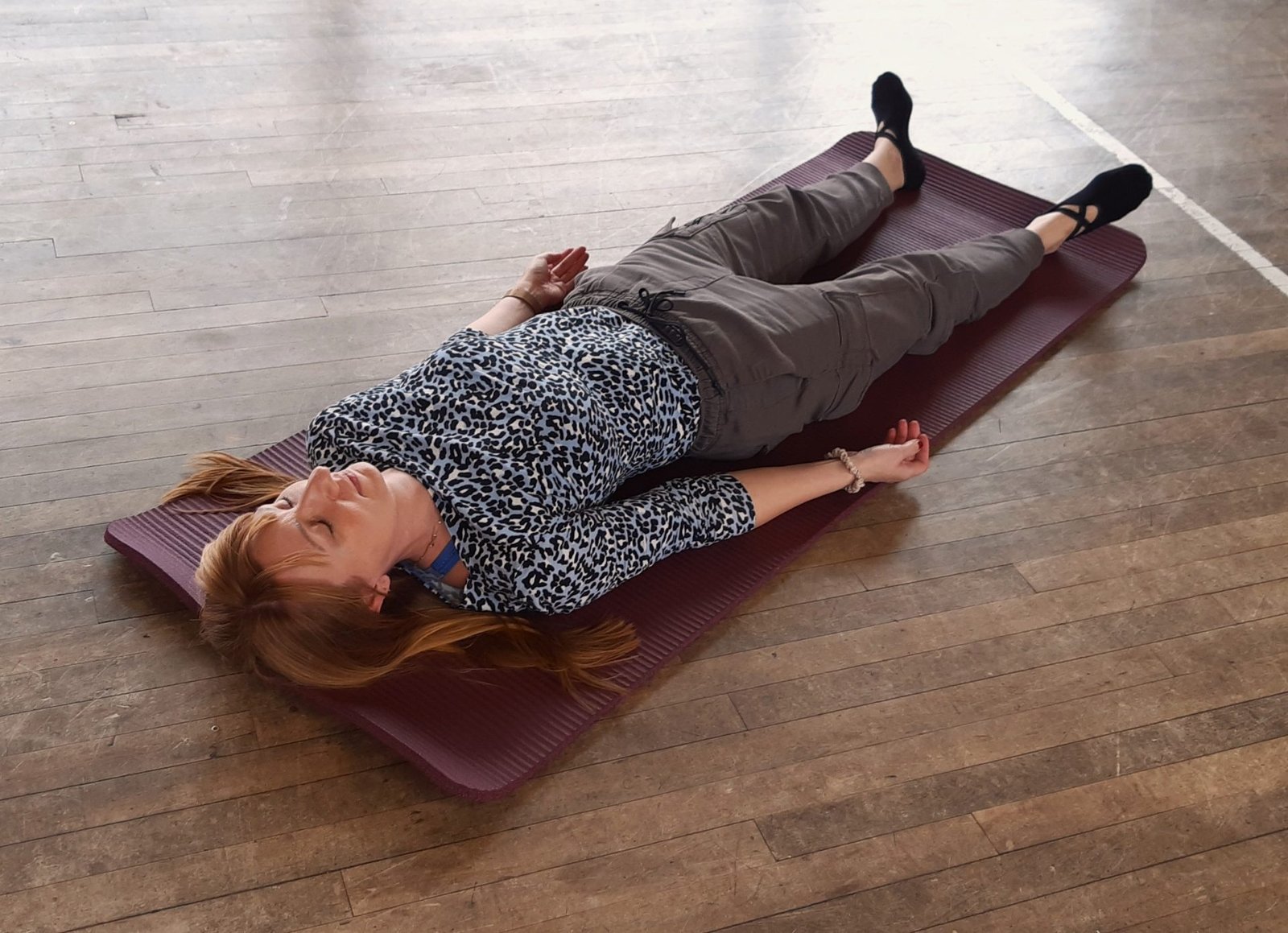
What you will need
- Feel free to wear loose, casual, sports clothing, joggers, trainers (noting that logo branded T-shirts are not required!).
- Barefoot or with a shoe with grip, even trainers will do, or Chinese-style (lace-up) slippers.
- A yoga mat (optional), this solves any rough parts of the wooden floor.
- A yoga block, for your head for the Guided Visualisation part, or a cushion, rolled-up coat or blanket will do.
- A light blanket to cover yourself if you are lying down for part 2, the floor is often a little cooler than the rest of the room, a coat may also suffice.
- A 500ml bottle of water, keeping hydrated is vital in this practice as a good deal of internal heat (energy) can be built up.
- Positivity and determination to fully engage in the exercises to maximise their benefit.
- Commitment to attend the classes regularly, as the benefits accumulate when done consistently, leading to longer-lasting and more beneficial changes in mind, body and spirit.
- To really let go and simply enjoy the sessions – the movements, the music, the imagination and creativity within you, the freedom and lightness, and the warm and friendly company of the class!
The Key Guidelines for practising Qigong sensibly include:-
• Communicate any medical conditions or concerns to me, as your trainer, before the start.
• Breathe normally (for you) if you cannot breathe into the diaphragm in the movements – in time the breath will deepen.
• Practice within your comfort zone and avoid pushing yourself too hard. Move at your own pace.
• Pay attention to your body. If you should feel any pain or discomfort, stop the exercise and let the instructor (me) know.
• Sit down when you feel you need or would like to.
• Drink plenty of water during and especially after the session—stop for water whenever you wish to.
• Gradually progress in your practice. Do whatever feels suitable for you in the scope of the technique.
• Remember that awareness of your breath comes first, then posture and technique.
• Relax and enjoy the session (that’s the aim of Qigong) without overthinking or being concerned about anything!
The Qigong experience should be similar to relaxing in a most fantastic spa treatment at some beautiful sanctuary in nature! Qigong can offer numerous physical, mental, and spiritual benefits when practised safely and mindfully. Stay aware of your body and practise sensibly to avoid any injuries.
Feel the music on your skin and flow deep into your senses. We use soft music (from around the world) as background to the Qigong section, as this heightens imagination, further developing the relaxation response, thus lowering stress hormones (such as cortisol) while elevating positive, healthy hormones; such as serotonin and endorphins. We also use softer, tranquil music (such as in the sample player at the top of the Home Page) during the Guided Visualisation, embedded with the sounds of nature.
Aside from Qigong and Guided Visualisation, we also use the Emotional Freedom Technique (EFT) every so often. EFT is a great way to reduce tension and anxiety, and it complements Qigong well as it uses various acupressure points. We may also occasionally do some Ch’an (Chinese, or Zen, Japanese) meditation; this is synonymous with Qigong practice, which we practice for relaxation. NB: There is no religious (Buddhist) context for its use here.
Footwear for Qigong – Barefoot or Shoes?
Being barefoot or wearing special footwear during Qigong practice can depend on several factors, including personal preference, the specific Qigong style or exercise, and the practice environment. Both barefoot practice and specialised Qigong shoes have their advantages, and the decision often comes down to the most comfortable and practical. Here are some considerations for each option:
Barefoot Practice
- Grounding: Being barefoot allows you to connect directly with the ground, enhancing your balance and stability during Qigong movements. It can help you feel rooted and connected to the earth.
- Sensory Awareness: Barefoot practice can improve your sensory awareness of the ground beneath you, which is important for some Qigong styles that emphasise energy awareness and body-mind connection.
- Flexibility: Bare feet provide natural flexibility and freedom of movement, allowing your toes and arches to spread and grip the ground, benefiting balance and posture.
Specialised Qigong Shoes
- Comfort and Support: Qigong shoes, often lightweight and flexible, can provide cushioning and arch support that some people find more comfortable, especially on hard or uneven surfaces.
- Hygiene: In some indoor or public practice spaces, wearing Qigong shoes to protect your feet from dirt and bacteria may be more hygienic. This can be especially important if you’re sharing practice spaces with others.
- Weather and Terrain: Specialised shoes can protect your feet from injury and discomfort if you practice Qigong outdoors, especially on uneven or rocky terrain.
- Slip Resistance: Some Qigong shoes have slip-resistant soles, which can be particularly useful if you practice on smooth surfaces or in slippery conditions.
Some people choose to alternate between barefoot practice and using shoes based on the situation and their personal preferences.
If you’re new to Qigong, it’s a good idea to try different options to see which works best for you and it may vary by season and temperature. Experiment with different surfaces, indoor and outdoor environments, and shoe types to determine what enhances your practice and overall experience. Most importantly, you should feel comfortable and grounded during your Qigong practice, contributing to your ability to benefit from the exercises.
For me, if I am outside on the grass, I am barefoot so I can feel that exceptional grounding to nature; inside, it is either again barefoot on the yoga mat, or I wear a pair of Racqua (Composite Mesh) Barefoot Water Shoes, other makes of water shoes are also good, these have excellent grip but your feet can get quite hot in them on a warm day, note; a Chinese make of tai-chi and Qigong shoes is called Feiyue, these can be found on eBay or Amazon at reasonable prices. It’s best to have shoes that tie up somehow to avoid them coming loose – and of course (laced) Trainers are absolutely fine, too!


